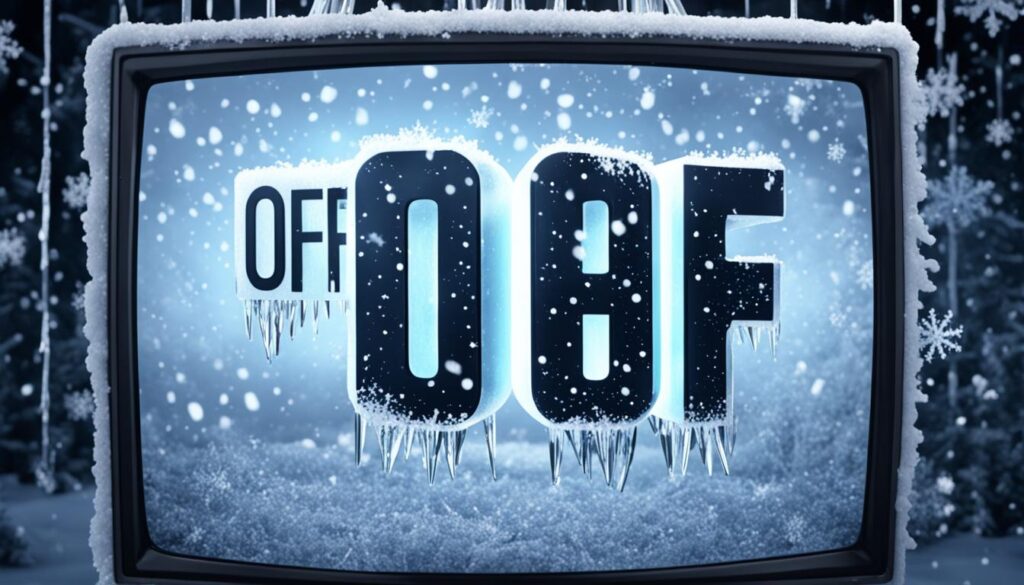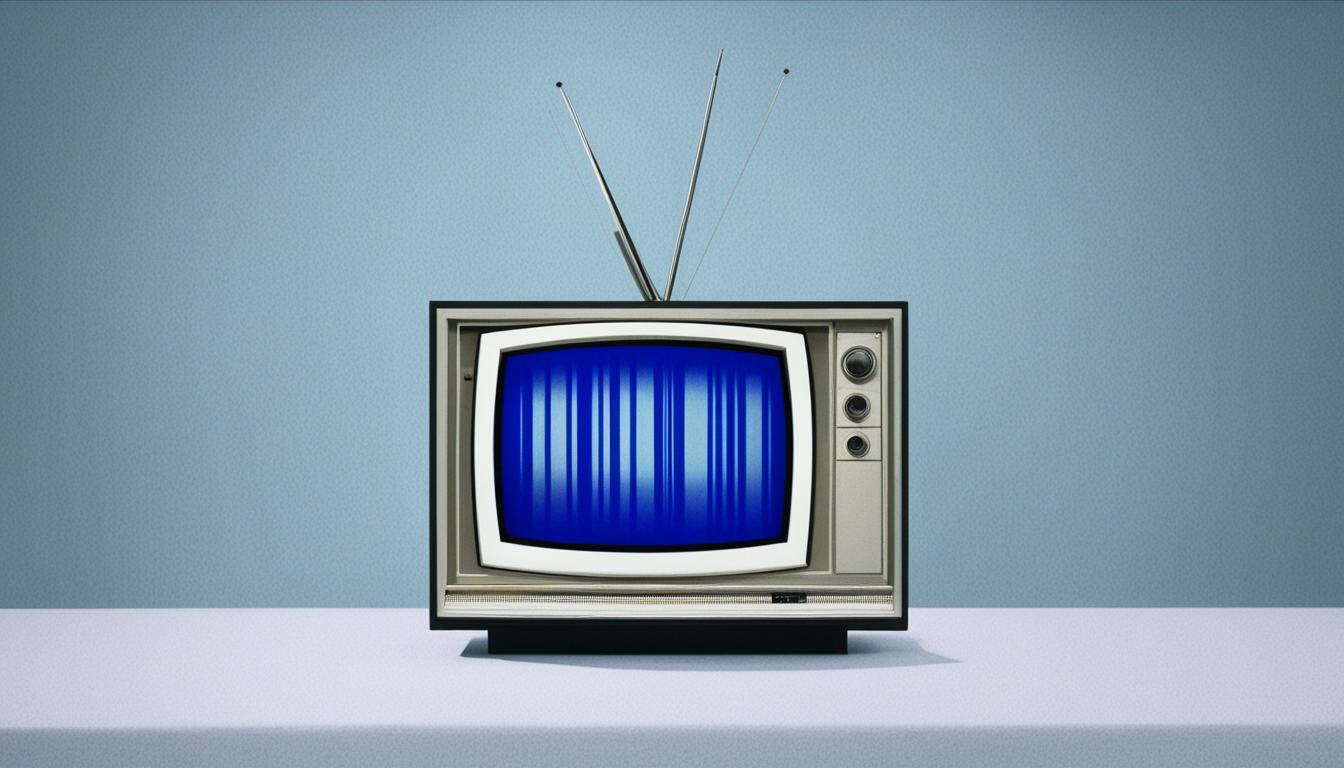Iceland once had a unique rule in its TV world. Until 1987, TV didn’t work on Thursdays. This was part of its special way of handling media and TV watching.
The first Icelandic TV channel started in 1966. It was on only on Wednesdays and Saturdays at first. Later, it added more days, but Thursdays stayed off-limits. This rule lasted until October 1987, when it was dropped.
During this time, Iceland was quite different. It didn’t allow beer until 1989, and state-owned milk stores were around until 1977. These rules, along with no TV on Thursdays, showed how unique Iceland was.
Key Takeaways
- Iceland had no TV broadcasts on Thursdays until 1987
- The first Icelandic TV channel started in 1966
- Initial broadcasts were limited to Wednesdays and Saturdays
- The Thursday TV ban was part of Iceland’s media regulation
- Iceland also had a beer prohibition until 1989
- The Thursday ban was lifted a year after Channel 2’s founding
- These practices shaped Iceland’s unique television viewing habits
The Origins and Cultural Context of Iceland’s TV-Free Thursdays
Iceland’s TV-free Thursdays started from a strong wish to keep their culture alive. This idea helped protect family values and brought people together. By cutting down on TV time, Icelanders made room for old hobbies and being outside.
Before having their own TV channel, Icelanders watched American TV from a military base in Keflavík. This showed their careful way of dealing with foreign influences. It matched other unique Icelandic ways, like strict naming rules and believing in elves.
A special tradition grew during TV-free nights, called the Christmas Book Flood, or Jolabokaflod. Families would swap books on Christmas Eve, promoting reading and stories. This shows how the TV ban boosted reading and brought families closer.
So, Iceland’s TV-free Thursdays were like a weekly break from screens. It helped people get back to their roots, nature, and family. This tradition shows Iceland’s effort to keep its special identity as the world gets more connected.
Icelandic TV Thursday Ban: Regulations and Rationale
Iceland’s TV Thursday ban was a unique media regulation that changed how people watched TV for years. The government set strict screen time limits by stopping TV broadcasts on Thursdays until 1987. This rule was part of a plan to keep Icelandic culture and social ties strong.

The main reason for this ban was worry about too much screen time and its effects on society. By having a TV-free day, the government wanted people to do more cultural activities and talk with others. This rule on TV broadcasts aimed to help people balance work and life better and keep up with national traditions.
In Iceland, the media was closely watched during this time. The country had a state-run TV channel, and the days it broadcast were slowly increased. Advertising restrictions were also there, like no ads for alcohol and no beer until 1989. These rules showed the government’s strong role in media and society.
The ban on Thursday TV ended in 1987, as Iceland changed in many ways. More global influences and new views on media led to a rethink of these old rules. This change started a new chapter in Iceland’s relationship with TV and media.
The Evolution of Icelandic Television and Viewing Habits
Icelandic television started in 1966, a big step forward. Initially, people could only watch American TV from a military base. The Iceland National Broadcasting Service (INBS) began with a few broadcast days, growing over time. This shows Iceland’s careful handling of media and culture.
In 1986, Channel 2 launched, offering more varied shows. This changed how people watched TV. The end of the Thursday ban in 1987 showed how attitudes were changing. It was like the end of beer prohibition, showing Iceland’s move to a more open media world.
Now, Iceland’s media is modern and diverse, yet it still holds onto some old traditions. For example, movies still have intermissions, a nod to the past. This mix of old and new highlights Iceland’s balance between preserving culture and new TV habits. Iceland’s TV journey reflects its broader cultural growth.
Today, Icelandic TV is facing new challenges with streaming and online content changing how we watch TV. Yet, lessons from the past remind us of the need for careful media regulation. Iceland’s unique TV history teaches us how culture influences and is influenced by our TV habits.

Leave a Reply